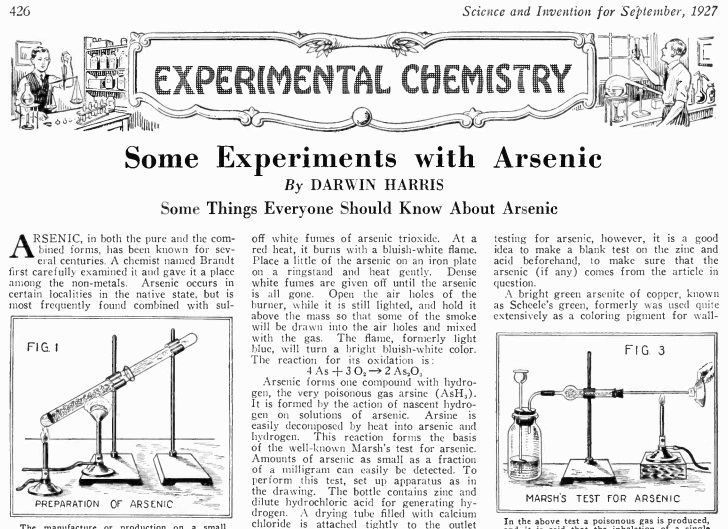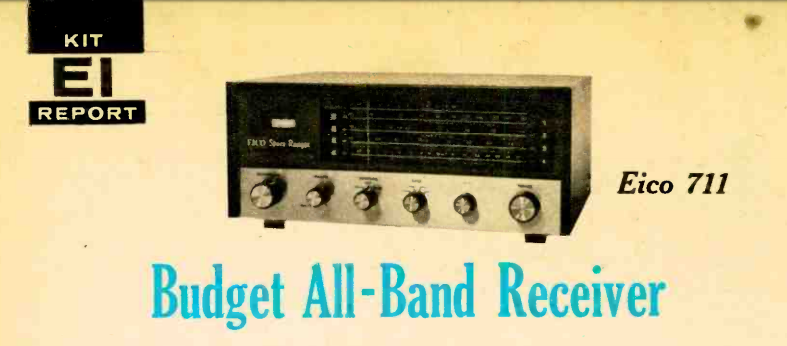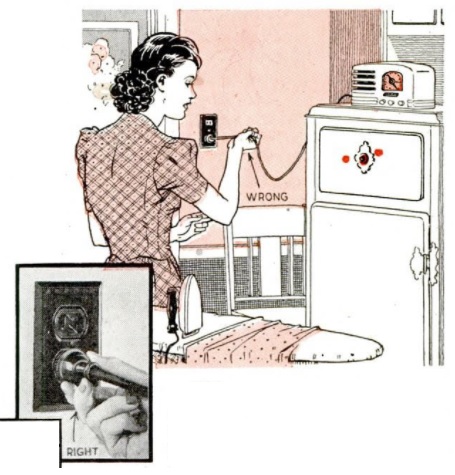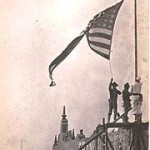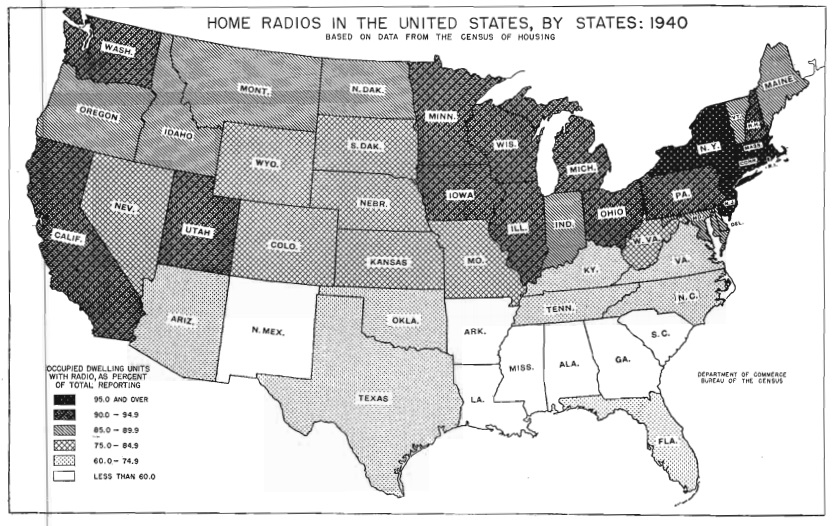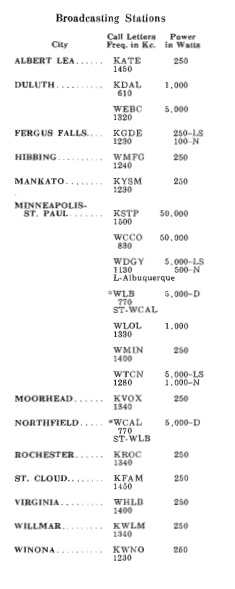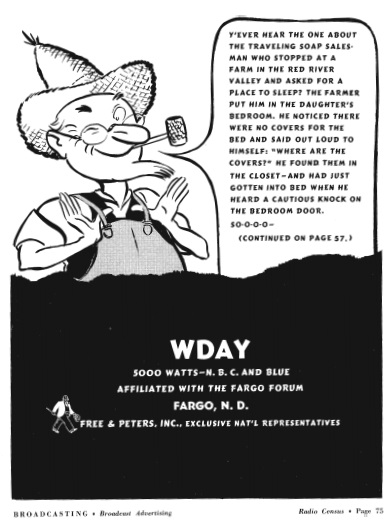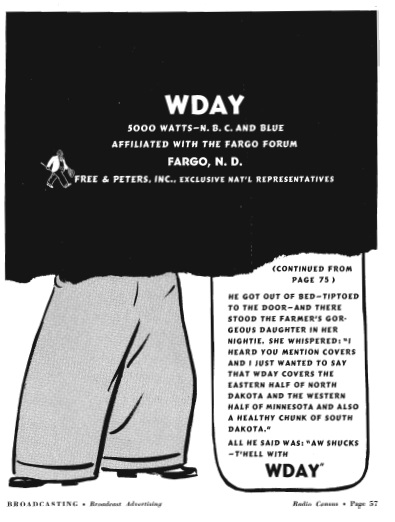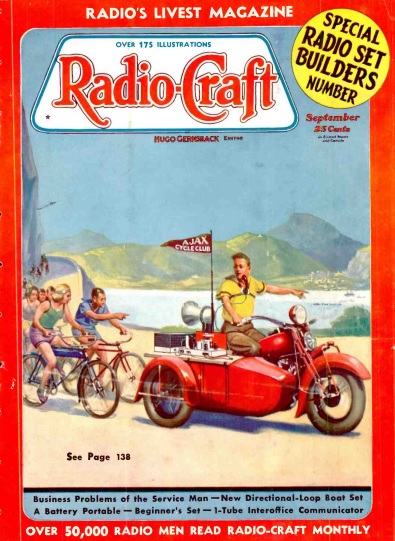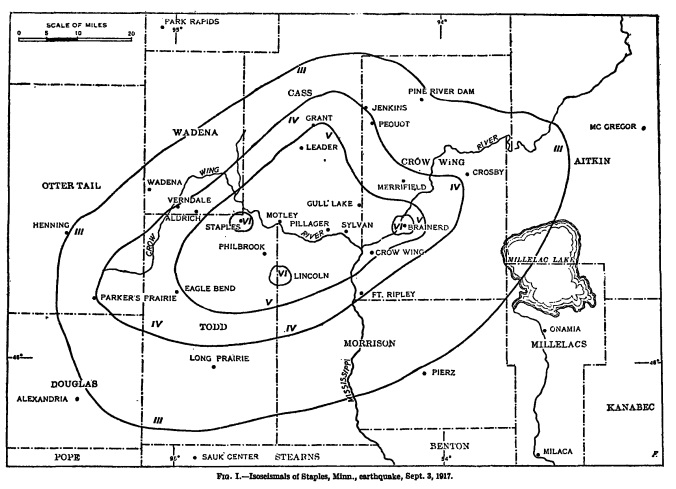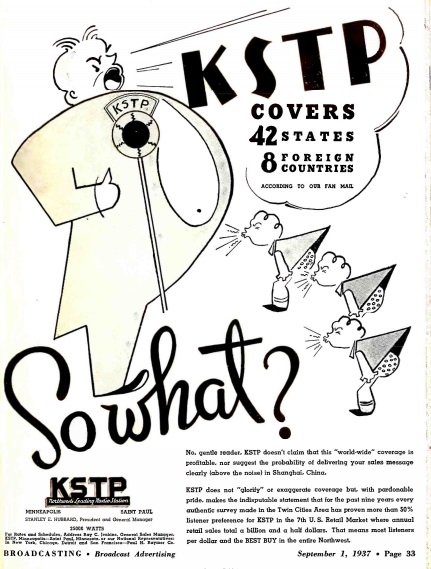What could possibly go wrong here?
Ninety years ago, the September 1927 issue of Science and Invention magazine carried this article for aspiring young chemists with some educational and fun experiments they could do with arsenic. After a brief historical introduction ot the element, the article jumped right in with some practical experiments the young chemist could do at home.
For example, the amateur chemist could take some arsenic, presumably procured from the friendly neighborhood pharmacist, and reduce it at home to produce a purer oxide of the element. This was done by placing it over a porous plug of asbestos (also presumably readily available from the local hardware store), putting it in a test tube with some charcoal, and then placing it over a bunsen burner. This produced a vapor of arsenic trioxide, which was captured in another test tube. “When cool, the arsenic can be shaken out upon a piece of paper.”
The article also showed how to conduct a test for arsenic, with which “amounts of arsenic as small as a fraction of a milligram can easily be detected.” Perhaps the author included this bit of information as a warning, lest the young chemist allow a fraction of a milligram to “accidentally” be ingested by someone.
It also showed how to make a lovely green dye, known as Scheele’s green. Apparently, political correctness had already made a foothold by 1927, since the article pointed out that this green dye had previously been used in wallpaper. According to the article, “this caused a great deal of unnecessary excitement, for it was thought that you could be poisoned from it.” But this concern was entirely unwarranted, since “unless some was rubbed off accidentally and eaten, there is absolutely no danger.”
The article did caution, however, that the young chemist should “be very careful with it, as it is very poisonous.”
Warning: This article is from 90 years ago. You can’t buy arsenic from your local pharmacist any more. Even if you could, the experiments described in this article sound very dangerous, and I would not recommend attempting any of them. Those arsenic vapors sound like a really bad idea. Besides, you can’t get asbestos either. So even though the only category I had to put this article under was “Science Fair Ideas,” I don’t think this is a good choice. But for more science fair ideas, some of which are just dangerous enough to be fun, you can see them all at this link.

